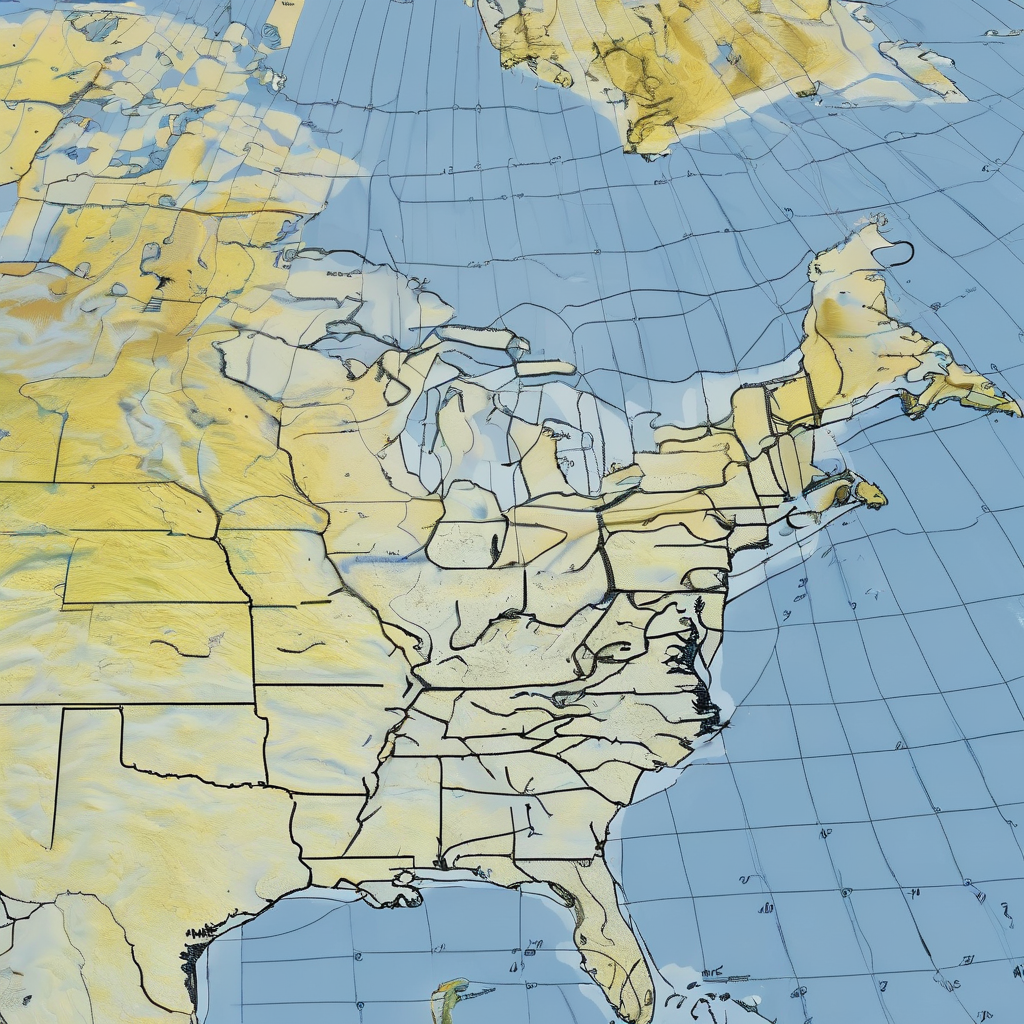The central Atlantic Ocean is witnessing the development of two potential tropical systems, named “Invest 93L” and “Invest 94L” by the National Hurricane Center. While neither has been upgraded to a named storm as of yet, meteorologists emphasize the potential for development this week.
AccuWeather’s lead hurricane expert, Alex DaSilva, noted that these tropical waves are part of a currently quiet but increasingly active 2025 Atlantic hurricane season, which has yet to see any hurricane landfalls in the U.S. so far this year. The second named hurricane of the season, Gabrielle, remains active, pushing towards Europe.
Andrew Hazelton, a scientist at the University of Miami, draws attention to the trajectories of these systems. Invest 93L could potentially become a hurricane similar to Gabrielle, likely following a path that spares land and curves back into the ocean. Meanwhile, Invest 94L might pose a threat to the U.S. East Coast; however, its strength is uncertain, given potential interactions with the islands in its path.
Forecasting these systems is tricky due to an unpredictable upper air pattern in the southwest Atlantic, described by meteorologist Matt Lanza as “an utter mess.” This complexity requires close monitoring of any potential impact on the East Coast over the coming week, he warned.
As Hurricane Gabrielle maintains its Category 4 status in the central North Atlantic, the Azores are under a hurricane watch, indicating the potential for tropical-storm-force winds. While the exact impact on the Azores remains uncertain, forecasts suggest a greater threat to the less densely populated northern islands like Flores and Corvo.
Gabrielle’s presence is also affecting U.S. coastal areas. The National Hurricane Center advises that rough surf and hazardous swimming conditions are expected along the East Coast due to swells. Florida’s National Weather Service especially cautions against entering the surf, citing life-threatening rip currents linked to Gabrielle’s distant influence.
In summary, the unfolding dynamics in the Atlantic highlight the importance of vigilance for coastal residents as the season begins to pick up pace.
